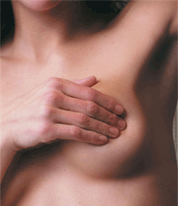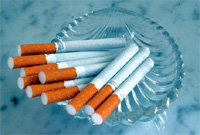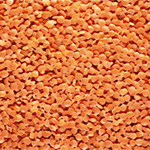This is one of our icon magazine centrefolds - 20 quick facts about breast cancer. It covers everything from the role of mammograms and dairy, to parabens and pesticides. (Originally published in Issue 2 2005 icon)
CLICK HERE to READ OUR OVERVIEW on breast cancer

...and it’s all been covered in our Cancer Watch research centre in the last two years.
1:Mammograms, at best, are 67 per cent accurate. For most women over 40 with dense breast tissue, they are 59 per cent accurate.
2:50 per cent of diagnoses are DCIS - calciferous particles in the ducts. 80 per cent do not lead to cancer. (Try fish oils with vitamin D to reduce the calcium deposits).
3:By contrast thermal imaging is noninvasive and almost 100 per cent accurate. But there are only 4 centres in the UK.
4:Two genes BRCA1 and BRCA2 give a higher risk. About 7 per cent of women have these. You can be tested.
5:Many breast cancers have been linked to oestrogen. Mixed synthetic progesten/oestrogen HRT doubles risk of breast cancer. Synthetic oestrogen HRT increases risk by 27 per cent. Do you want to add more?

6:Smoking and regular alcohol drinking both increase risk. As does being overweight. As does the pill (27 per cent to 144 per cent, depending upon age).
7:Parabens has been found in breast cancer cells in research. Other potentially harmful oestrogen mimics include toluene (nail polishes), phthalates (plasticisers in bottles) and perfumed products like toluene or DEHP in the blood stream.
8:Pesticides such as DDT and Lindane increase breast cancer risk. In Israel the increase was 400 per cent.
9:Having more children, and then breast feeding them for longer than 9 months reduces risk.
10:Lowered blood levels of omega 3, vitamin B-12 and vitamin C have all been found in women with breast cancer.
11:Conversely women with the highest levels of omega 3 do not get breast cancer. Equally, vitamin D has been shown to be highly protective. Try daily fish oils.
12:Research links dairy consumption with increased risk of breast cancer, US studies identify IGF-1 as the culprit.

13:Conversely, phytoestrogens from pulses, such as chickpeas, lentils and soy; have been shown to be highly protective.
14:A new breed of breast cancer drugs, aromatase inhibitors, aims to cut oestrogen levels in patients.
15:Polyphenols, for example in green tea and broccoli, have been shown to be protective. Indole 3 carbinol reduces the levels of oestradiol, the most potent oestrogen.
16:Natural progesterone - but not synthetic - has been shown to have protective properties by balancing excess oestrogen.
17:Natural tocotrienol vitamin E, but not tocopherol vitamin E, helps maintain healthy soft breast tissue. Obtain supplies from the US. It’s found in palm oil.
18:Both garlic and selenium have also been shown to confer strong protective benefits.

Having an operation in the second two weeks of your cycle almost doubles long-term survival
rates

19:Biopsies have been linked to the spread of breast cancer through seeding. Radiotherapy can reduce up to 20 per cent of lung capacity.
20:If you are pre-menopausal, having an operation in the second two weeks of your cycle, rather than the first two weeks almost doubles long-term survival rates.